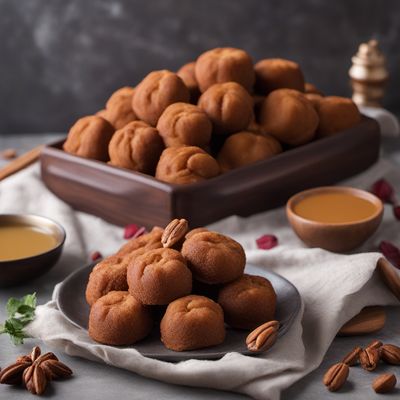
Dish
Castagnole
Castagnole are made with flour, sugar, eggs, butter, and lemon zest. The dough is rolled into small balls and fried until golden brown. They can be served plain or dusted with powdered sugar. Castagnole are a popular treat in Italy during Carnival season, but they can be enjoyed year-round as a sweet snack or dessert. They are easy to make and can be customized with different flavors and toppings.
Origins and history
Castagnole are believed to have originated in the Emilia-Romagna region of Italy. They are traditionally served during Carnival season, which takes place in the weeks leading up to Lent. The name "castagnole" comes from the Italian word for chestnuts, which the dough balls resemble in size and shape.
Dietary considerations
Not suitable for those with gluten or dairy allergies. Suitable for vegetarians.
Variations
Castagnole can be made with different flavors, such as chocolate or orange zest. They can also be filled with cream or jam for an extra sweet treat.
Presentation and garnishing
Castagnole can be presented in a decorative bowl or on a platter. They can be garnished with fresh fruit or a dusting of powdered sugar.
Tips & Tricks
To make the dough easier to handle, chill it in the refrigerator for at least 30 minutes before rolling into balls. Be sure to fry the dough balls in small batches to ensure even cooking. If the dough is too sticky, add a little bit of flour at a time until it reaches the right consistency.
Side-dishes
Castagnole are typically served as a dessert or snack and do not have any traditional side dishes. However, they can be paired with a sweet dessert wine, such as Moscato d'Asti.
Drink pairings
Castagnole can be paired with a sweet dessert wine, such as Moscato d'Asti.
Delicious Castagnole recipes
More dishes from this category... Browse all »

Anpan
Japanese cuisine

Antakya künefesi
Turkish cuisine

Apfelstrudel
Austrian cuisine

Appelflap
Dutch cuisine

Apple Cider Doughnut
American cuisine

Asabi
Lebanese cuisine

Asawer
Lebanese cuisine

Athirasa
Sri Lankan cuisine
More cuisines from this region... Browse all »
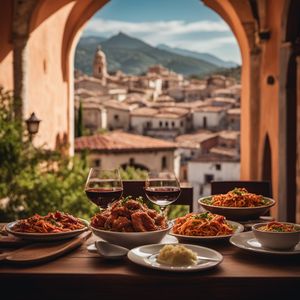
Abruzzese and Molisan cuisine
Savory, Earthy, Rustic, Hearty
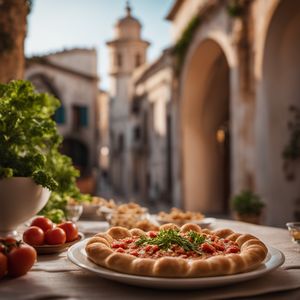
Apulian cuisine
Fresh, Savory, Rustic, Simple
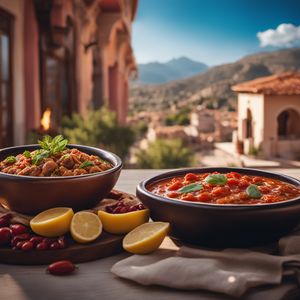
Arbëreshë cuisine
Savory, Tangy, Herbaceous, Spicy

Basilicatan (Lucanian) cuisine
Savory, Earthy, Rustic, Hearty
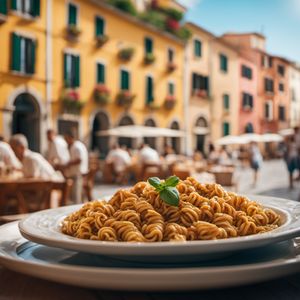
Ligurian cuisine
Light, Delicate, Herbaceous, Salty

Lombard cuisine
Rich, Savory, Meaty, Cheesy

Neapolitan cuisine
Bold, Savory, Spicy, Tangy, Fresh

Roman cuisine
Fresh, Light, Herbaceous, Tangy, Savory
